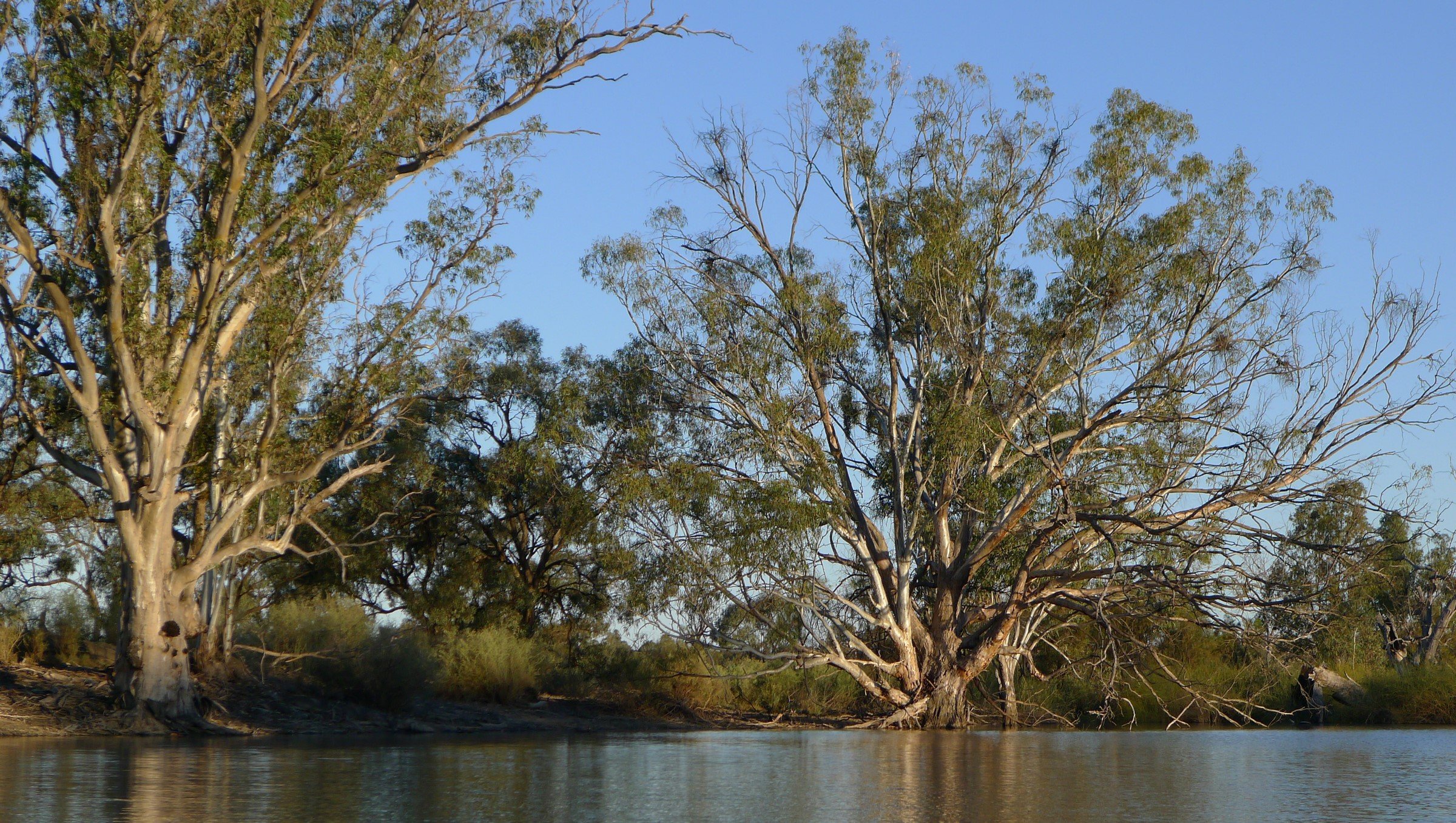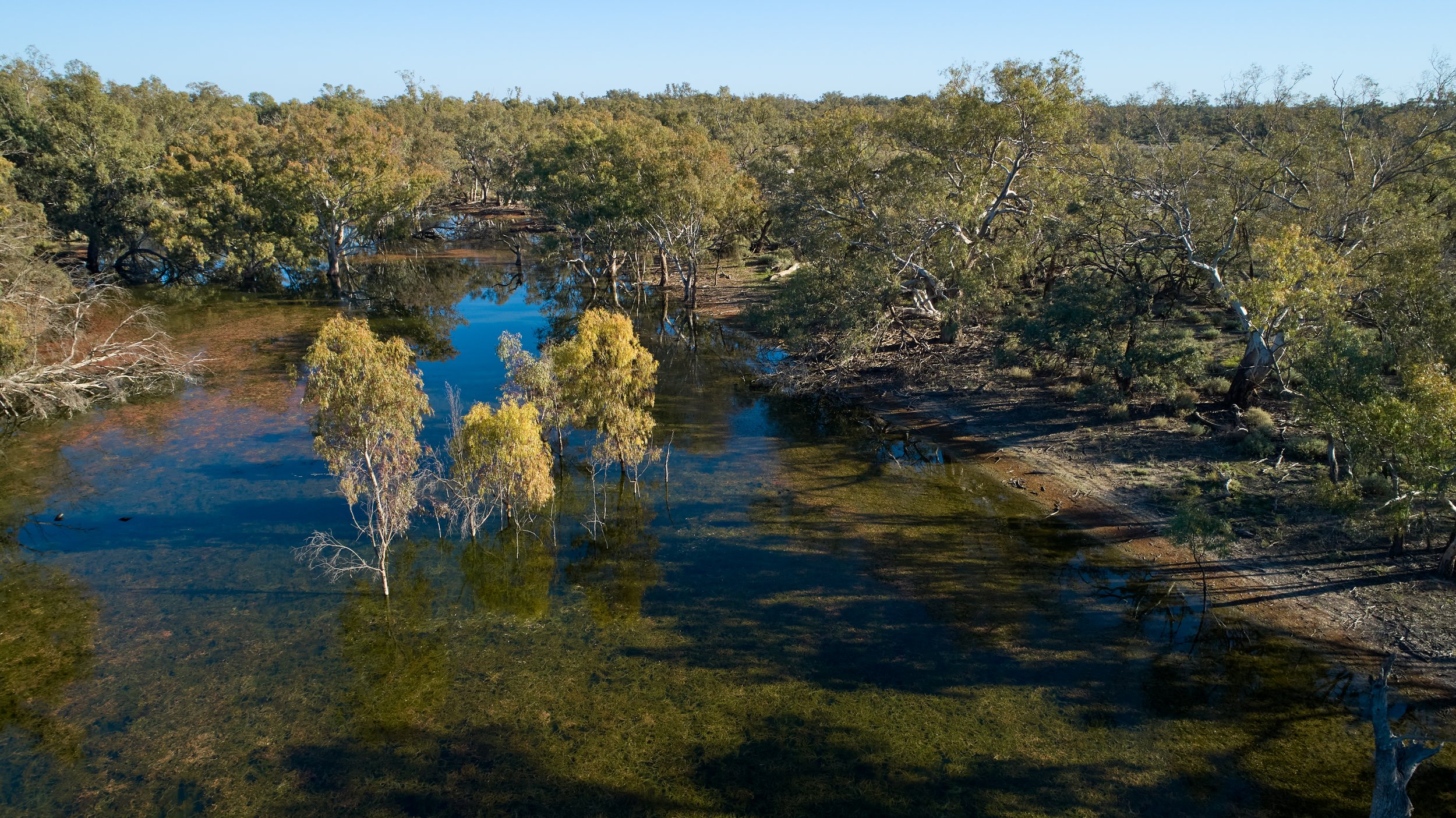Restore and protect our wetlands by working together with landholders, First Nations People, community organisations, business and government.

Healthy wetland in Victoria ©MDWWG

Whiskered tern ©Chris Tzaros. Birds, Bush and Beyond.

Healthy wetland in Victoria ©MDWWG

Australian pelican © MDWWG

Healthy wetland in NSW ©MDWWG

Southern bell frog. © Helen Waudby, NSW DPIE. Save Our Species.

Damselfly. © Jane White

Red gum wetland ©MDWWG

Royal spoonbill © Jane White

Andruco Lagoon © Ian Mackenzie
The Murray-Darling Basin is one of the largest river systems in Australia and covers an area of over 1 million square kilometres.
The Basin spans four Australian states, including New South Wales, Victoria, Queensland, South Australia, and parts of the Australian Capital Territory.
Home to 2.2 million people
More than 40 First Nations
77,000 kilometres of rivers, including 4 of Australia’s longest
More than 30,000 wetlands, 16 internationally recognised
Contains Australia’s largest river red gum forest (66,000 hectares)
9,200 irrigated agriculture businesses generating almost $9 billion gross value of irrigated agricultural production
Tourism industry worth $8 billion annually
120 species of waterbirds and more than 50 native fish species.
The estimated 30,000 wetlands within the Murray-Darling Basin are highly diverse, ranging from vast floodplains, billabongs, and swamps to smaller wetlands and streams.
The wetlands are home to a wide variety of plants and animals, including several threatened and endangered species.
Here are some of the key benefits of our precious wetlands:
Culturally significant to First Nations People by providing spiritual connection, food and fibre.
Water filtration
Flood control
Habitat for wildlife
Carbon sequestration
Recreation and tourism.


